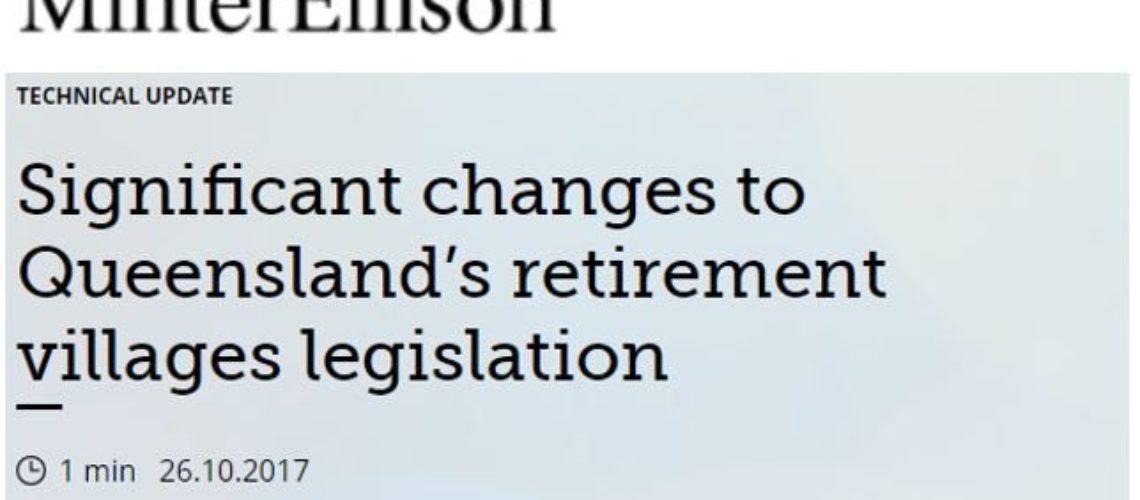There is an increasing discussion by state regulators around mandated buybacks.
Started by QLD 18 months ago, the concept is that the operator of the village will be required to ‘buy back’ a home after a set period if it has not been sold.
The driver for governments has been the introduction of the accommodation fees in aged care, the RADs and DAP fees. A person moving from a village to a nursing home will be means-tested for income and assets – and may be required to pay either an upfront payment (RAD) or a daily accommodation fee (DAP).
The upfront payment (the RAD option) must be paid within six months of joining the aged care home. Up until when the RAD is paid, the resident will have to pay daily interest (the DAP amount) on a sliding scale dependent on their wealth.
The government sets the Maximum Permissible Interest Rate (currently 5.96%). If the RAD is $300,000, then until it is paid the DAP interest of $48.99 per day must be paid.
How does a village resident make these payments if they have not sold their village home?
The state governments are thinking of making this the operator’s problem by mandating the operator buys the home back.
This is a significant challenge. Operators explain that market demand, which depends on the price that the family wants for the home being rational and the home being reasonably refurbished, will dictate how quickly it sells, and the resident receives their money.
QLD has led governments and compromising, saying, ‘okay, but 18 months is the maximum time we will allow you to sell the home.’
VIC has added that they want the operator to pay the DAP from six months until the home sells, and then the operator can get this money back.
NSW is starting to talk about the operator having to buy the home back within six months in metropolitan areas and 12 months in regional areas.
For people who don’t understand the retirement village market, all of this sounds reasonable.
But is it? After all, the resident ‘owns’ the contract to the house, just like a normal home in the suburbs.
Often the family controls the sale price and the refurbishment investment, as well as when this work gets done. When does the 18 months start?
And the operator must accept non-binding deposits from elderly buyers who, understandably, are often slow in putting their homes on the market and achieving a sale. Meanwhile, the clock is ticking.
The impact on village owners will be significant, especially in today’s housing market.
With slow sales, operators can quickly build up a vacant stock of, let’s say, five homes they must buy back which is (at $400,000 a home) $2 million. This will mean a visit to the bank for a loan for most operators.
If half the industry has slow sales – 1,000 villages – in 18 months’ time this will equate to ($2M x 1000 =) $2 billion. The banks are unlikely to lend this because, at the same time, this pressure will drive the value of the village down.
It also means that operators won’t have cash to reinvest in the village, which will make homes harder to sell – and all residents will see a drop in the quality of the village and their experience, and the value of their homes.
This will also impact your ability to do your job well as a Village Manager.
Mandated buybacks is a very important issue for us all to follow and understand.
In QLD, operators are about to buy back the first round of homes that have been on the market for 18 months. So, it is a very real problem.
Ask your operator for their thoughts.
Chris

